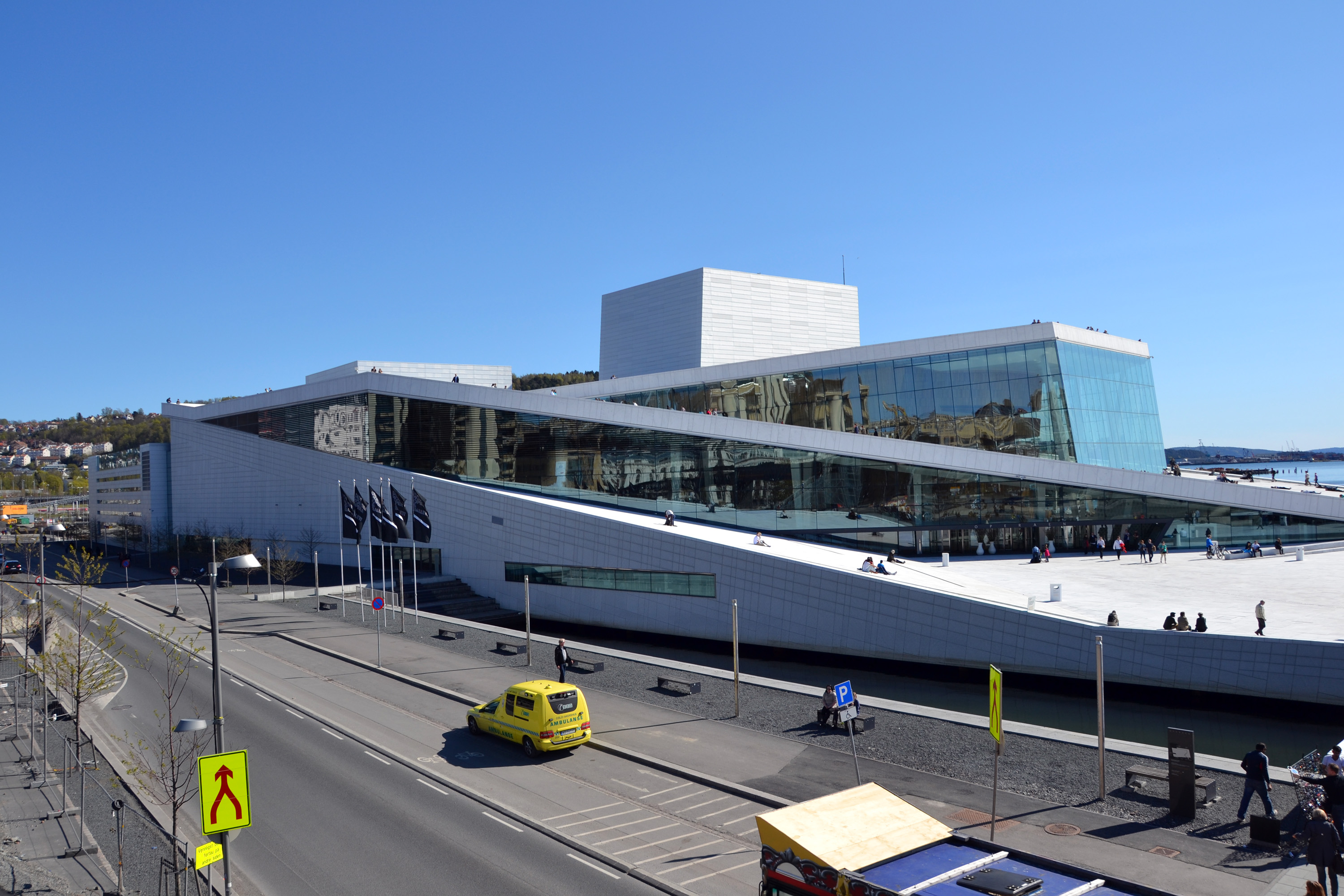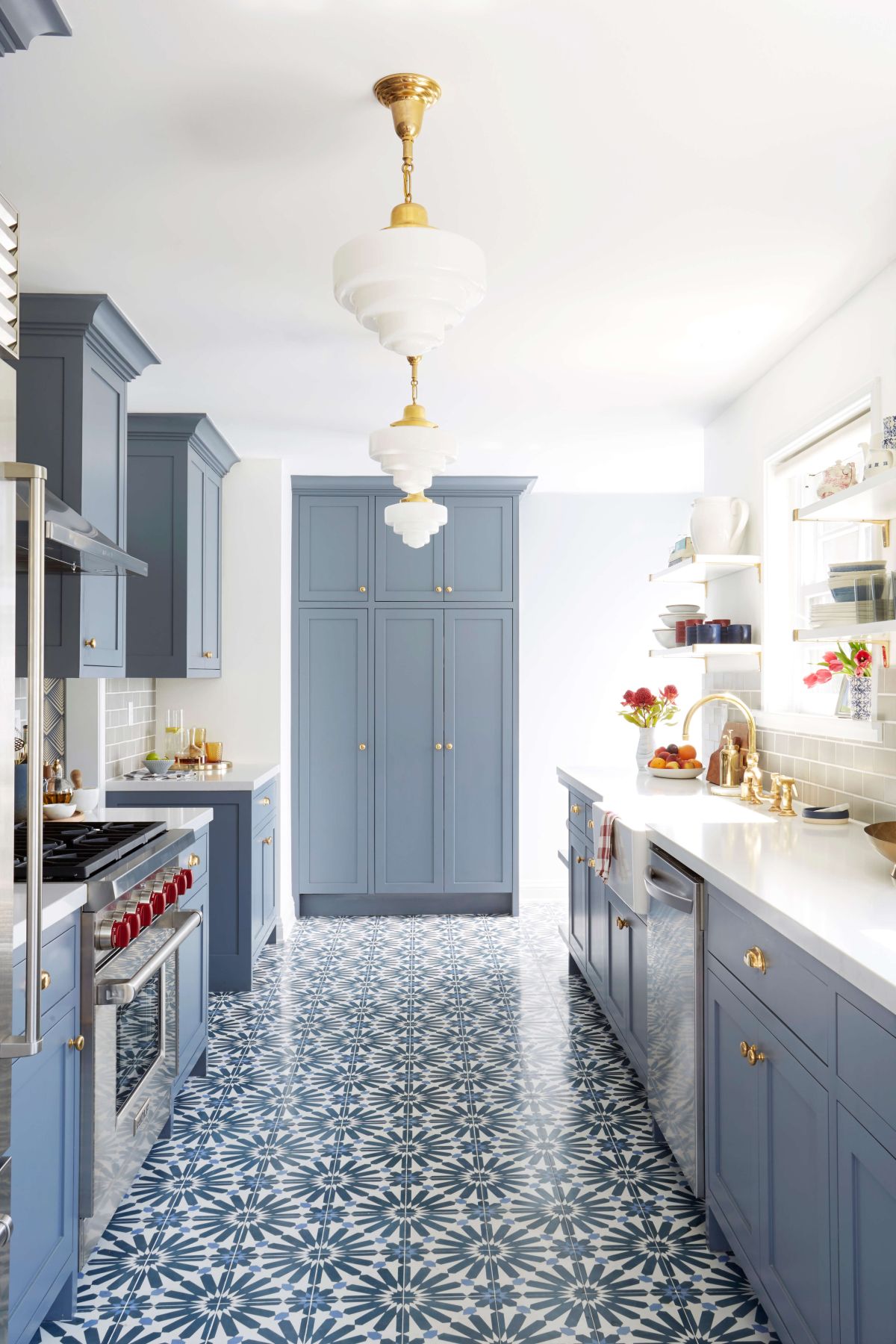Table Of Content

Whether you want to see one of Oslo's top sights, walk on the roof or attend a performance, here’s everything you need to know about visiting the Opera House, a true landmark of Oslo, Norway. Officially opened on April 25th, 2024, Vertikal Nydalen features restaurants at street level, followed by five floors of office space, and topped with residential apartments. A walk along Karl Johans gate between Oslo central station and the Royal Palace is a must for anyone interested in architecture or simply getting to know downtown Oslo. If you’re interested in winter sports or the history of skiing, Oslo’s Holmenkollen ski jump is a must-visit attraction. But even if not, the views over the city make this world-class sporting arena a true icon of the city.
Images from the entrance and the foyer
A marble clad plaza leads the visitors to the foyer and other public areas. A secondary entrance on the north façade gives firect access to the restaurant and foyer. To the south, the foyer opens up to the inner oslo fjord and views of Hovedøya island.
Norwegian Opera Orchestra: Prokofiev 3 with Isata Kanneh-Mason at Oslo Opera House - Operaen.no
Norwegian Opera Orchestra: Prokofiev 3 with Isata Kanneh-Mason at Oslo Opera House.
Posted: Sat, 16 Sep 2023 22:57:56 GMT [source]
Discover Hammerfest: A Travel Guide to the World’s Northernmost Town
The roof rises out of the water allowing Oslo's residents and visitors the ability to walk all over it. The Italian marble, white granite and glass structure shimmers beautifully in the summer sun, imposing yet inviting. Together with the chandelier and seat fabric it is a contrast to the dark timber. It has been made by the american artist Pae White, following an international competition. She has worked with digital images of aluminium foil which reflects and adopts the colurs of the auditorium.
transforming the industrial district, nydalen
Marble also covers the roof, proudly guarding a series of floor-to-ceiling glass walls. Before construction, tons of heavy metals polluted the fjord, a leftover from its days as a dry dock and industrial harbor. Much of this pollution was removed and the rest contained at bedrock before construction began. The site is now rich with bird life and the building has reconnected city inhabitants with the water’s edge.

There are many must-see landmarks around the city, many located along the rapidly-developing waterfront. Access to recite faces the sea and get to it by a large white stone ramp and a number of textures that make it an important element of the building while giving it identity and dynamism. The diversion of heavy traffic through a tunnel built under the fjord and the future connection with life and animation of the new part of the city soon will give a greater sense of urbanity.
Disability access
Part of the building is formed within a rational, factory-like setting. The Opera has three theaters and a variety of practice and rehearsal spaces. The Main Hall is designed as a horseshoe-shaped room reminiscent of classical theaters of the past. The main chandelier consists of hand-cast glass bars that are lit from behind with LED lights. Working with the visual artist, Pae White, led to the incredible design of the Main Theatre’s curtain. The metal cladding of the Opera’s fly tower was created in collaboration with Løvaas and Wagle.
Glass
The architects and engineers for the Oslo Opera House designed the theater to place the audience as close as possible to the stage and also to provide the best possible acoustics. As they planned the theater, the designers created 243 computer-animated models and tested sound quality inside each one. If you don’t already consider the opera building a work of art in itself, maybe its eight art projects inside will convince you otherwise.
Giselle - at Oslo Opera House - Operaen.no
Giselle - at Oslo Opera House.
Posted: Sat, 09 Sep 2023 01:19:09 GMT [source]
Generous windows at street level give the public a glimpse of the scenery workshop activities, and with eight connected art projects, making it one of Norway's largest public art projects, visitors are invited to awareness and engagement. The National Opera and Ballet in Oslo is also one of Norway's largest public art collections, featuring eight art projects and seventeen artists. The walkable marble roof is designed by the artists Kristian Blystad, Kalle Grude and Jorunn Sannes, while the textile stage curtain was created by visual artist, Pae White. The perforated cladding in the lobby for the bathrooms was designed by the artist Olafur Eliasson.
Spaces
This works well as a neutral background to the opera's colourful costumes and stage elements which enliven the spaces.The colour palette is therefor quite simple and neutral. The open courtyard forms a central reference point to the production areas and the corridors which encircle it are given a dark colour to make orientation easier. The rehearsal rooms have different characters for ballet, opera and choir.. The ballet spaces are light and airy with views over the fjord to the south. Whilst the choir space is more introvert with daylight from a high clerestory window facing east. In the foyer the public is met by a light, open space with a large, undulating oakwood wall.
If you arrive late, you can follow the performance on the monitor on the 1st balcony, until the first break. The main stage is one of three theaters in addition to various offices and rehearsal spaces. Encompassing 340 square meters, the panels surround three detached concrete roof supports and take their inspiration from the glacial shape of the roof above.
There is also a basement level - U1 - below this part of the building. The high glass facade over the foyer has a dominant role in the views of the building from the south, west, and north. Early in the project it was realised that this glass faced was more important than previously assumed, both during the day and night when it would act as a lamp illuminating the external surfaces. It was the architects intention to design a glass construction with an absolute minimum og columns, framing, and stiffening in steel.
The solution was to use glass fins where minimised steel fixings are sandwiched inside the laminates. The requirements for the glass's stiffness increased due to the desire for large panels and slim joints where the panels meet. Thick glass of this sort tends to be quite green rather than transparent. It was therefore decided that the façade of the operahouse would use low iron glass.
The main entrance to the Oslo Opera House is through a crevasse beneath the lowest portion of the sloping roof. Clusters of slim white columns angle up, branching toward the vaulting ceiling. The architects at Snøhetta worked closely with artists to integrate details that would capture the play of light and shadow. The building’s design has earned it several awards, and it is today protected by the Norwegian Directorate for Cultural Heritage. It is a building meant to be easily accessed by the public, as a gift to the people, which is why the entrance bridge is open 24/7. But by design the piece shifts and moves with the tides and wind, presenting different faces to the viewer.

No comments:
Post a Comment